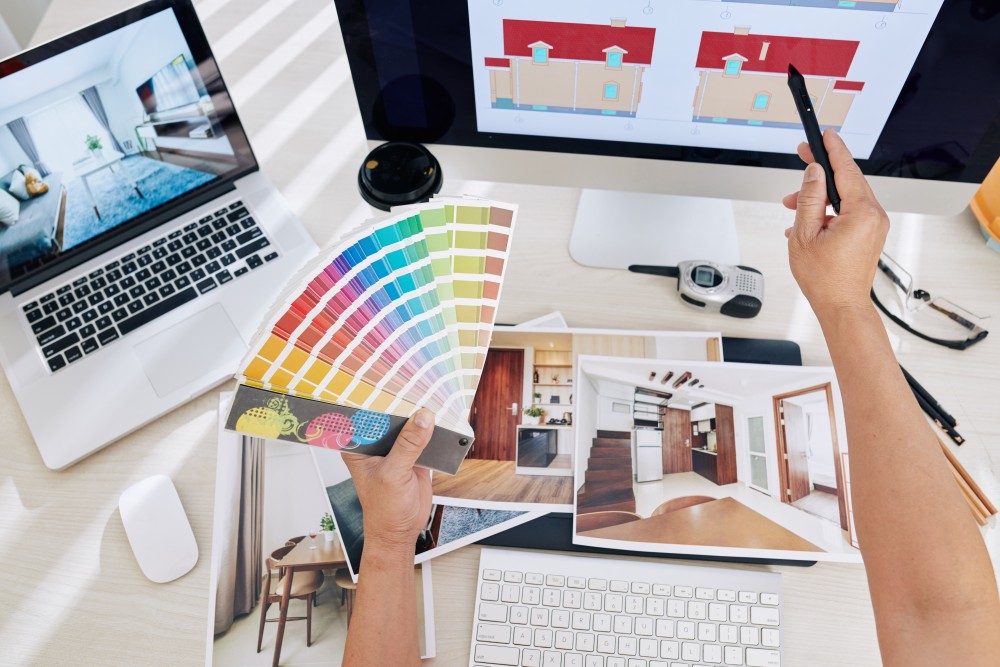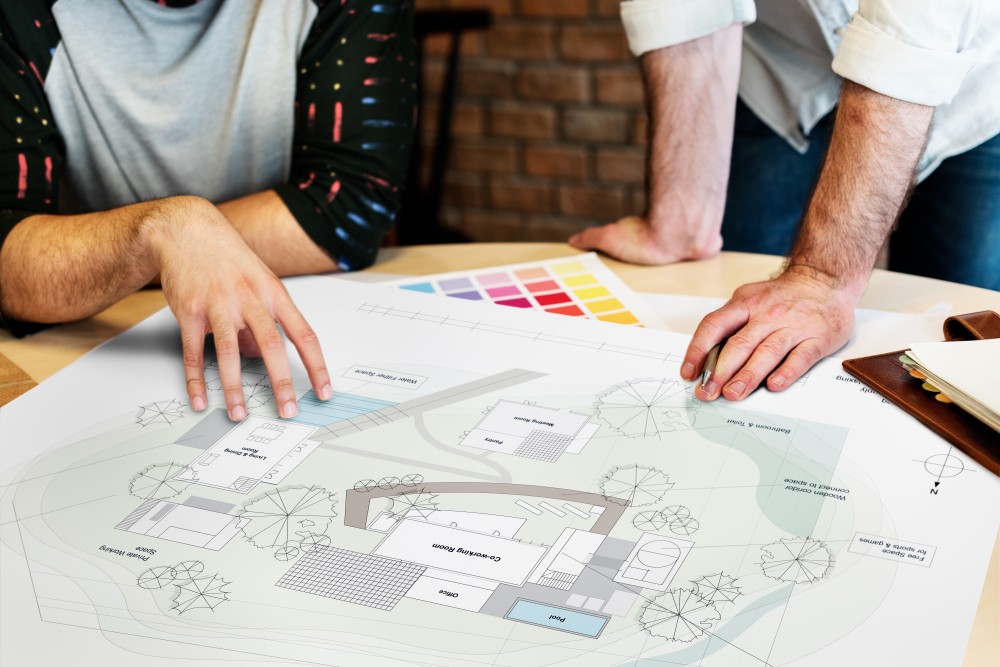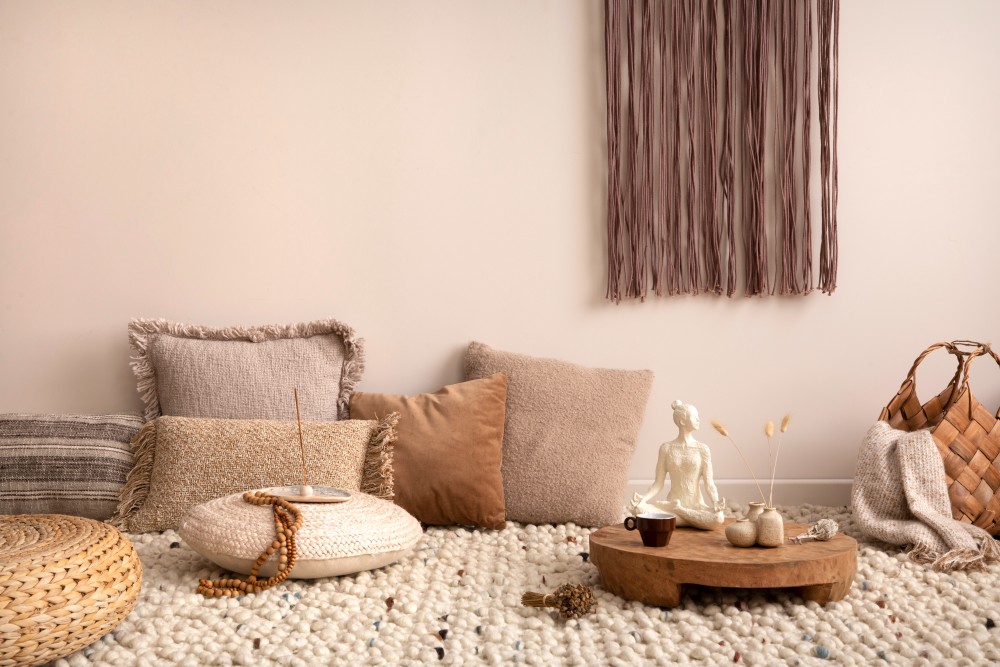In today’s home design, not everyone can afford a professional decorator, but the desire for a stunning, well-balanced room does not differ. The homeowner today desires freedom, flexibility, and results that show their personality. That is where free interior decorating websites come into play, not by doing the job of professionals, but by providing design software to more individuals who want to make smart and satisfying decisions. These pages, though often plain-looking, can take an inexperienced decorator to a design or color scheme that feels complete and lived-in, instead of set up.

Decorating, for all its mystery, is not particularly interested in where you put things in a room; it’s about how a space feels. And when you use the right steps, even basic digital tools can come up with rather advanced results.
1. Start by Understanding Your Daily Routines
Before selecting colors, furniture, or styles, logically consider how your space is utilized daily. A casual reading room will be different in design and use from a room for entertaining visitors or working at home. Start by observing the activities that take place in each room and determine which ones require the most comfort, accessibility, or quiet.
Free interior decorating websites are much more valuable when your beginning is lifestyle-based, since they enable you to experiment with functional ideas rather than merely aesthetic ones. A space that tells the story of how you live, more than a space that follows the trend, will be timeless and comforting for longer.
2. Observe Your Current Space and Measurements
Before design exploration begins, take time to measure the walls, windows, doors, and floor areas. Many people guess dimensions and later find their online plan doesn’t match reality, creating setbacks. Try to be accurate and record everything in a clear format.
When working with any interior decorator website or tool, begin your project by entering these real numbers. That helps you choose good proportions, such as a sofa that won’t obstruct paths or shelves that won’t dominate windows. Try this step in mind as laying the right groundwork for the rest.
3. Accumulate Visual Ideas With Purpose
Rather than leaping into floor plans, take a moment to gather ideas. Browse through interiors that fit the description of relaxed or energized, depending on the use of the room, and note what colors, textures, and lighting are used. Notice common themes that instinctively feel right for your space.
While a moodboard is not the final layout, it helps define your goals. The best use of an interior decorating site is to translate your visual ideas into a functioning space, so when you eventually build a layout, it reflects not just dimensions but personality.
4. Build a Test Layout, Not a Final One

Use your decorating tool to construct a rough version of your space. Put furniture in general positions where it will end up and avoid making everything perfect at this stage. Think about where things go based on purpose—work zones need to be oriented toward light, pathways need to be clear, and focal points need to line up with seating.
A loose plan will allow more problem-solving than a finished one. Preliminary designs can assist in revealing where natural bottlenecks or vacant corners might occur. That allows you to repair the room before you fret about furnishing it.
5. Select a Core Color Scheme That Facilitates Function
Once the layout is established, use your Interior decorator online platform to think about color. Choose one color or two colors that will determine the mood of the room; warm, gentle neutrals for bedrooms, energetic hues for living areas, or blues and greens for areas where restfulness must be maintained.
Interior decorator online tools allow you to view palettes without painting a wall. That prevents you from making an expensive mistake. While you play around, keep in mind how the natural light will interact with the room, and make decisions that build upon—not fight against—your room’s natural positives.
6. Layer Lighting, Not Alone
Mood is most influenced by the lighting of any room element, and a single overhead bulb is often not sufficient. Try using lighting on three levels with your gear: ceiling, middle level (e.g., lamps), and lower accents (e.g., wall lights or floor lights).
Layering lighting in your design allows you to have control over mood in various zones. Interior decorating site often allow basic lighting symbols; use these not for final placement but to understand how light spreads and where shadows may fall.
7. Begin Adding Texture and Pattern Gradually

Texture gives life to a space, and it plays an invisible but powerful role in how a room feels. Rugs, cushions, curtains, and surfaces like wood, metal, or stone all add depth and richness. Avoid adding all materials at once; try one textured item, then imagine how it balances against smoother or softer pieces nearby.
Free interior decorating websites sometimes offer swatch tools or surface previews. Use these to avoid placing too many hard materials together or mixing patterns that clash.
8. Leave Breathing Space—Do Not Overfill
Resist the urge to fill every wall, corner, or shelf. Good design often rests in what you leave untouched. During your planning stage, make sure each room includes one or two zones that are clean and open, allowing the eye to rest.
Interior decorator website resources can give the illusion of emptiness when a plan is viewed from above, but in reality, even a small blank wall or floor patch can make the space feel more open and comfortable.
9. Review from Different Viewpoints
Once your layout and decoration steps are done, review your plan from multiple perspectives. Walk through the digital space mentally, imagining where you enter, sit, or move between furniture. Does the room feel balanced, too tight, or disjointed?
Take a pause before finalizing. Sometimes, walking away and revisiting the design a few hours later reveals problems or improvements not noticed before. Free interior decorating websites are at their best when you use them as planning tools, not speed contests.
10. Save Your Plan With Notes for Future Use
Once satisfied, save the final version of your design along with a few notes explaining your choices—why you placed the sofa there, why you selected that color, and what purpose certain furniture serves. Store these notes along with the file or sketch.
This practice not only benefits future renovations, but also if you share the design with a contractor or decorator. Good design isn’t necessarily about the way it appears; it’s about the reasoning behind every choice.
Conclusion: Thoughtful Design Begins With Usable Tools
While expert interior designers provide rich experience, not every home project needs a full-service design session. A thoughtfully used interior decorator website can guide users to confident, satisfying outcomes when applied with care. They enable you to blend personal taste with functional planning and serve as silent helpers in defining rooms that feel real and whole.
By taking each step slowly and carefully, it is possible for anyone to design a home that is not just adorned, but truly lived in. You’re designing a new apartment, working on a long-forgotten room, or about to redo—interior decorator online tools and interior decorating site are there to help guide your vision, one careful, thoughtful choice at a time.
 Tasselline | Latest Articles By Singaporeans, for Singaporeans Article Site for Singaporeans
Tasselline | Latest Articles By Singaporeans, for Singaporeans Article Site for Singaporeans